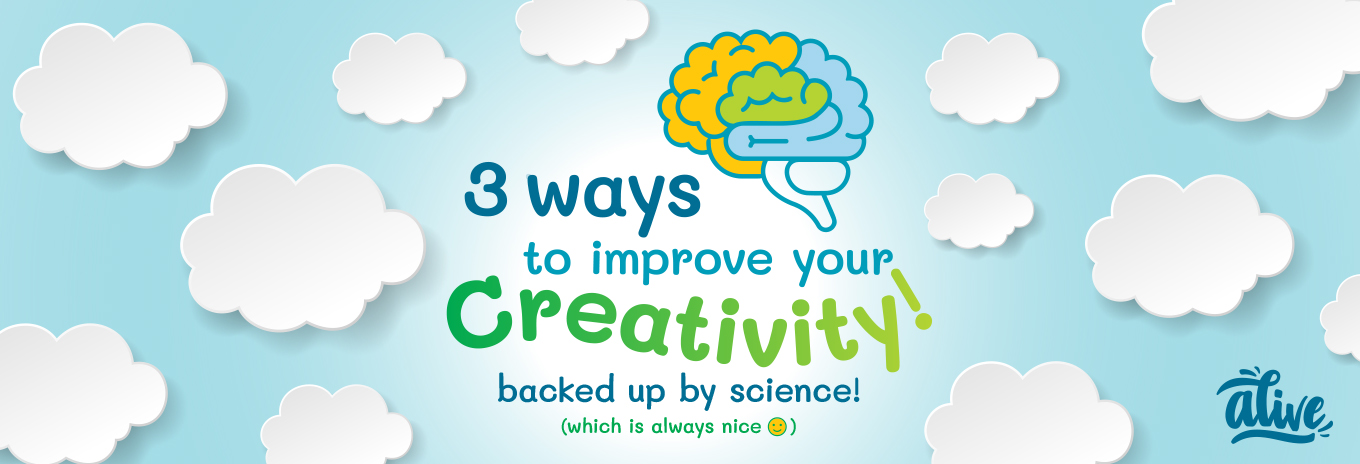Creativity is a valuable and sought-after skill in our ever changing, uncertain and unpredictable world.
But I hear so many people telling me they are just not creative. Which is a real travesty, because I think there is more creativity around us and within us than we often think!
Sadly, much of this potential creativity stays dormant and untapped.
There are two common stigmas or stories around creativity that I hear:
- I’m not creative because I’m not that good at drawing or art
- I’m just not a creative person, I’m not good at coming up with new ideas
Point 1 in my opinion is an inaccurate definition of creativity. Art and drawing is more of a craft or a skill, than the act of being creative. Although the two can often combine.
And point 2 is simply untrue. We just feel we’re not creative because we benchmark ourselves against the likes of Steve Jobs, or J.K. Rowling, to decide if we are creative or not. Which is an unhelpfully high benchmark to use.
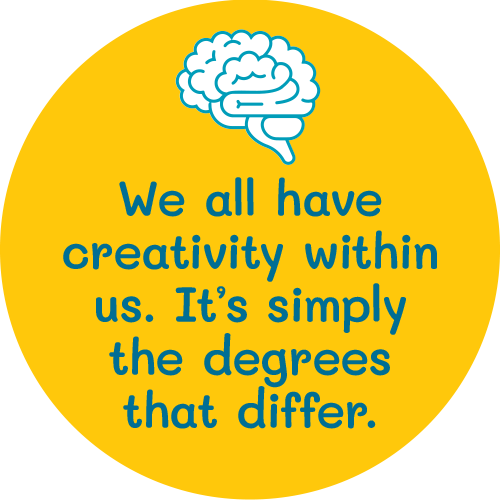 We all have an element of creativity within us. In the academic realms of Psychology research, creativity is defined as a personality trait, much like qualities such as extroversion or openness. Defining creativity as a trait means that Psychologists believe everyone has it, it’s the degree that varies.
We all have an element of creativity within us. In the academic realms of Psychology research, creativity is defined as a personality trait, much like qualities such as extroversion or openness. Defining creativity as a trait means that Psychologists believe everyone has it, it’s the degree that varies.
To measure and understand creativity better, psychologists have attempted to define it. Their definition of creativity is a combination of qualities, and includes:
- Insight – ideas appear out of nowhere
- Divergent thinking – many different ideas can be generated
- Novelty – ideas are unique and original
- Appropriateness – ideas can be put into place and are useful
This is a helpful start, but isn’t a definitive list of qualities, and some points I personally don’t entirely agree with. For instance, the idea of ‘’appropriateness’. I’m not sure creativity always has to be of some use. Can it sometimes be enough in and of itself?
In our day to day lives at work, I think a simple definition of creativity could be:
“To be able to come up with new and workable ideas around a hard to solve problem, or a problem that needs solving more quickly or with less resources”.
And perhaps the skills of idea generation through insight and divergent thinking enable novelty and even appropriateness to be achieved.
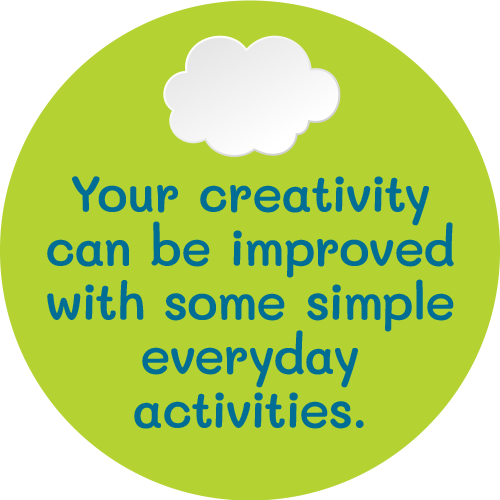 Without getting too much into the detail and debate over the specific definition, the good news is that we all have it, and no matter how little or how much creativity you have, there’s evidence from the field of neuroscience that shows you can improve your creativity, with some simple everyday activities.
Without getting too much into the detail and debate over the specific definition, the good news is that we all have it, and no matter how little or how much creativity you have, there’s evidence from the field of neuroscience that shows you can improve your creativity, with some simple everyday activities.
Here’s the science and the actions:..
Science point 1 – The importance of the space in between
Creativity has been shown to be most active in people whose neurons (the cells in our brains) make slower, more meandering connections to other neurons. This happens when there is more of what is known as white matter (the space in between the core structures of the brain).
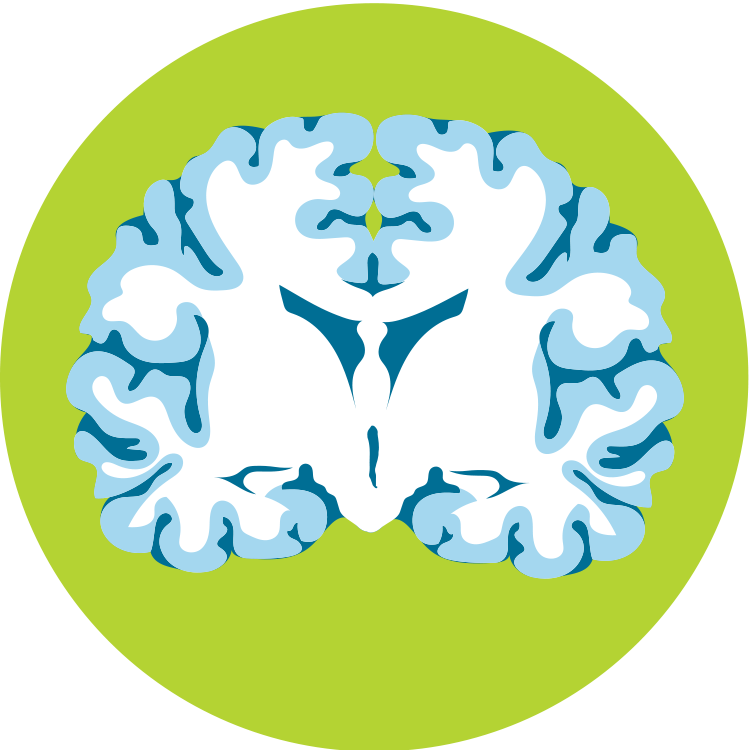 The more white matter, the better the creativity, as it provides the space for the slower meandering pace of connections to be achieved and for more and different connections to be made.
The more white matter, the better the creativity, as it provides the space for the slower meandering pace of connections to be achieved and for more and different connections to be made.
Action 1 – Pair socks
To mimic the meandering aspects in the brain that helps improve creativity, step away from the problem you’re trying to solve, and do an activity that occupies your mind but doesn’t mentally challenge you. Like pairing socks, ironing, planting seeds, emptying the dishwasher, organising the kids’ Lego into separate colours. It can be as short as two minutes. This allows the mind to wander whilst doing a non-demanding task, and is more likely to stimulate creativity than just sitting doing nothing.
Science point 2 – The moment before insight occurs
Science has shown that people who generate ideas through insight (ideas that come out of nowhere) tend to have a less active frontal lobe, which means there tends to be less order and structure in how their brains works. Also, just before someone has a moment of insight, this part of the brain (the frontal lobe), temporarily goes into sleep mode, allowing ideas from the subconscious to come forward into your conscious awareness more easily.
You may have noticed your best ideas come when you’re least expecting them, like in the shower or when cooking dinner, brushing your teeth, out on a walk. Part of the reason for this is because your frontal lobe has been quietened.
Action 2 – Cut out distractions
To encourage the brain to slow down or quieten the frontal lobe, cut out distractions from both your outer and inner world, for short periods of time throughout the day or when you want to come up with new ideas. Practising meditation, or mindfulness or going for a long walk or run, something that quietens your thoughts and helps you relax, can induce the sleep state of the frontal lobe, which will make the pathway more open for ideas to flow from your subconscious into your awareness.
Science point 3 – Our changeable brain
Neuroplasticity is the term used to describe how our brains can change, particularly in the brain’s ability to make new connections between neurons. This often results from learning.
It is the brain’s way of physically adapting to what happens in our environment. For example, people who lose one of their senses like their ability to see, often tell us that one of their remaining senses like hearing is now much more sensitive. This is the result of neuroplasticity. As is something as simple as being able to break a habit, whether that’s in terms of stopping the habitual evening glass (or two) of wine, or even a habit in how you think about things, i.e. changing a general habit of having pessimistic reactions to events, to having more optimistic reactions more often.
Action 3 – Do something unusual (Cue Tom Jones)
To help harness the brain’s ability to adapt, change and make new connections, as well as generally improve your overall creativity, do something new or unusual every day.
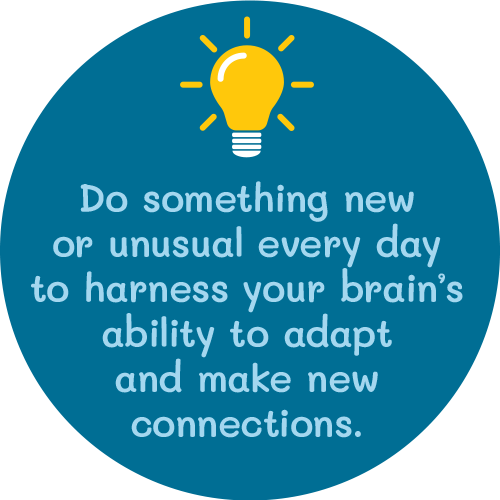 For instance, disrupt some of your usual routines or processes slightly – chop the veg differently, prepare your usual meals in a slightly different way, walk a different route, go up the stairs backwards, move your apps to different places on your phone. Just doing your usual activities slightly differently every day, will help disrupt something called our ‘functional fixedness’. And enables changes to be made in the brain that allow for more pathways to open up.
For instance, disrupt some of your usual routines or processes slightly – chop the veg differently, prepare your usual meals in a slightly different way, walk a different route, go up the stairs backwards, move your apps to different places on your phone. Just doing your usual activities slightly differently every day, will help disrupt something called our ‘functional fixedness’. And enables changes to be made in the brain that allow for more pathways to open up.
I hope the science and the actions here have given you hope that no matter how much or how little creativity you have, if you want to, you can improve your creativity and start to solve some of those problems that you may have previously thought were unsolvable.
…and sorry if you’ve now got a certain song stuck in your head.
by Steph Tranter for Alive!
Hybrid Executive Coach, StephTranter.com

